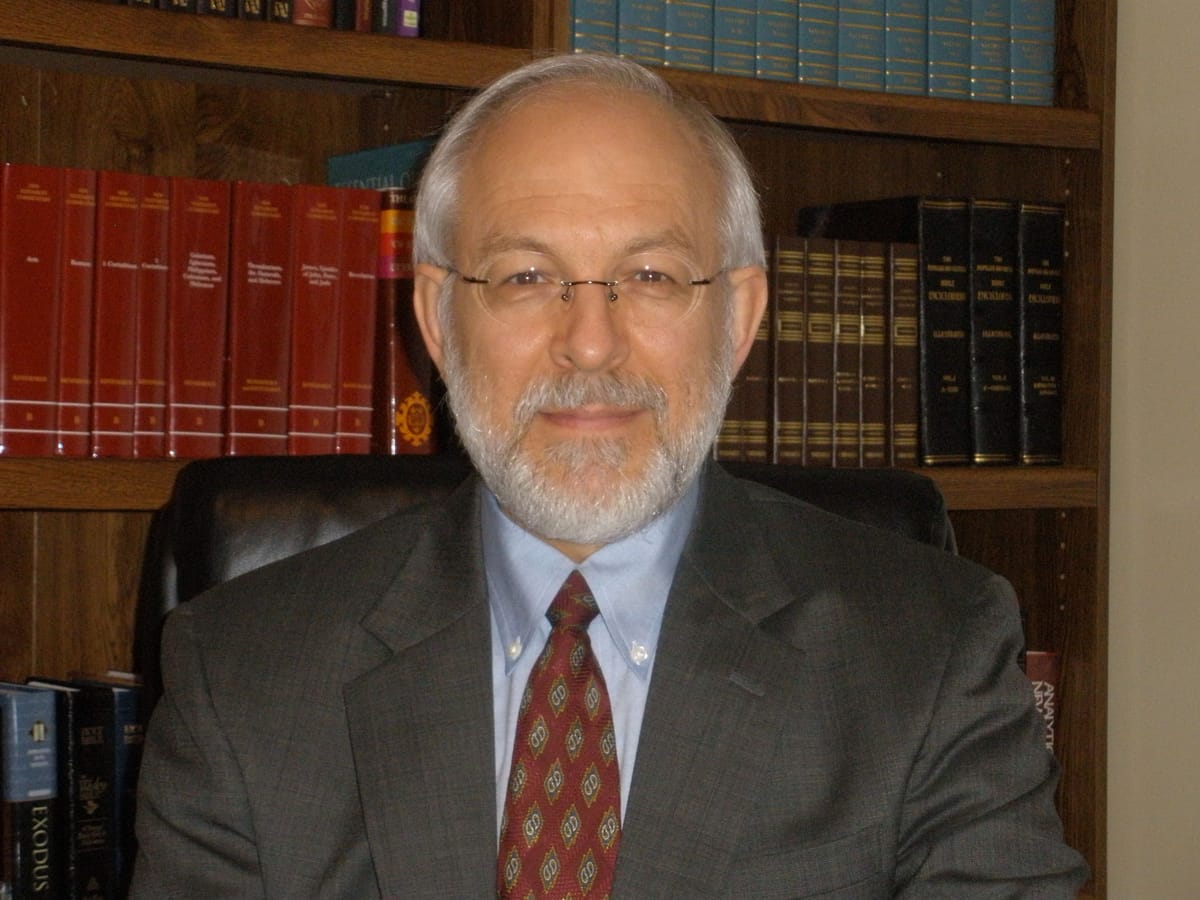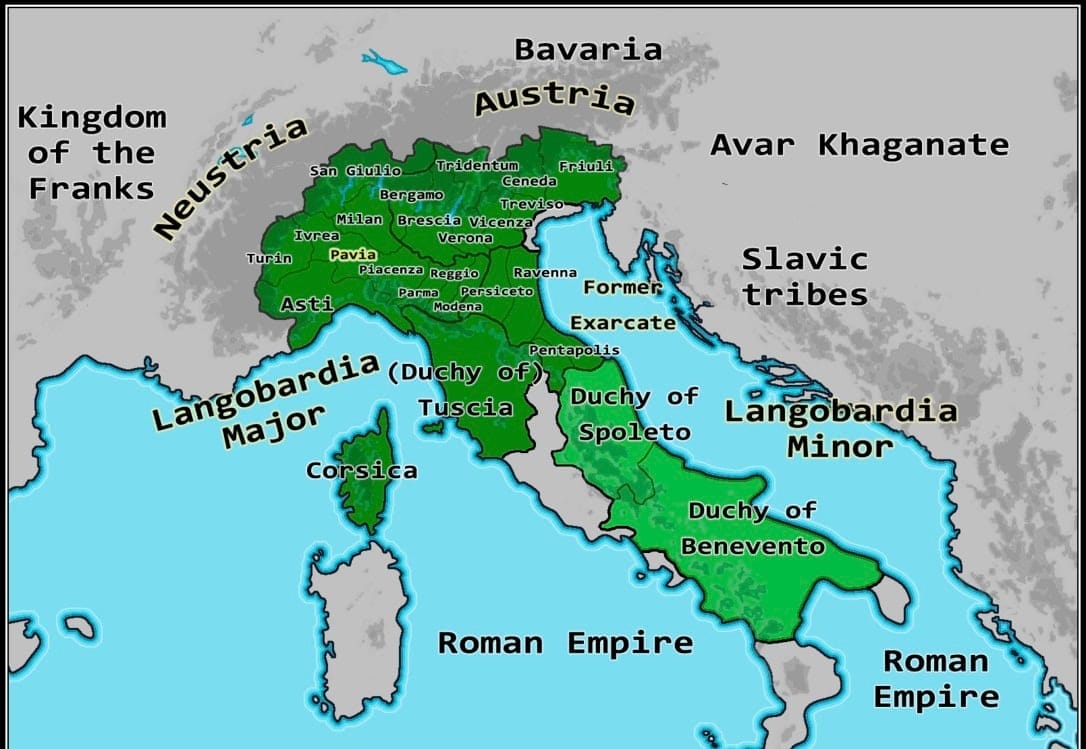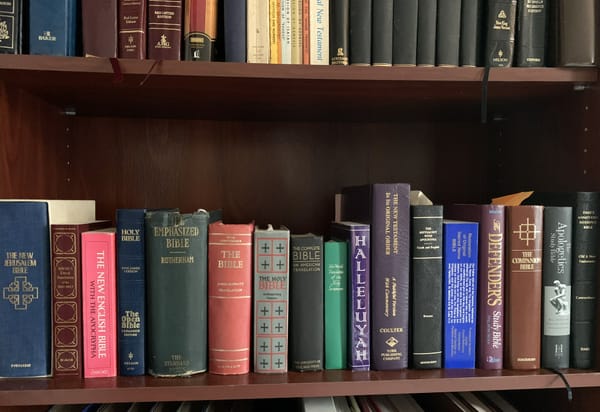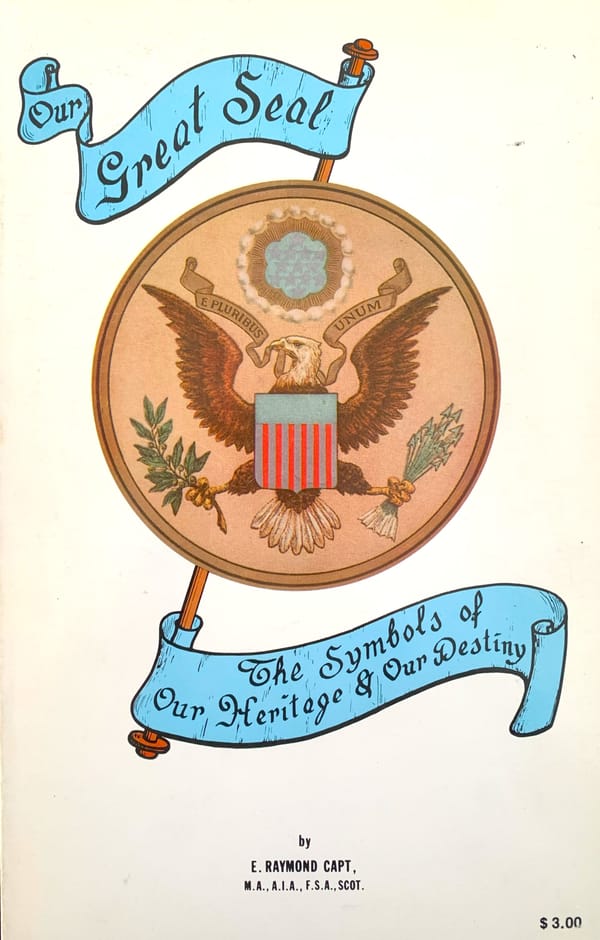Our serialization of the essay by the 20th century British author, Isabel Hill Elder continues below. We have added the map.
In this blog, all emphases and comments in [brackets] are mine. Unless within my brackets, all words in (parentheses) are presumably by Ms. Elder.
For readers’ convenience, we have spelled out the full names of her biblical references and changed the Bible chapter numbers from Roman numerals to Arabic numerals. We have left the British spellings as is and also split many of her lengthy paragraphs to make them more readable for the screens of some of our modern digital devices. QUOTE:
That our Lord wore the robe of a High Priest "woven without seam" (Exodus 28:31, 32; John 19:22-24) when He was borne away to be crucified is one of the most poignant and significant facts in the crucifixion drama.
In the garb of a High Priest the Saviour of the world endured His spiritual crucifixion in Gethsemane, and up to the moment of His physical crucifixion on Calvary.
In a short History entitled "Christ and His Homeland" by Lydia van Finkelstein Mountford, published in 1911 (Cincinnati) the writer (a converted Jewess) states that Mary, our Lord's Mother, wove the seamless garment—doubtless, by the direction of our Lord Himself.
He had been declared King the week before His crucifixion upon His triumphal entry into Jerusalem and now the transfer was made of the High Priesthood from Levi to Judah (Hebrews 7:13, 14), and our Lord became in His sacrificial death "A Priest for ever after the order of Melchizedek."
After His resurrection it was to His Levite [?] disciples that our Lord sent the message by the women, "Go and tell my disciples"; also to two of His disciples He appeared on the road to Emmaus the day of His resurrection.
[We have a two-part lecture available on two CDs, #s 361 & 362, entitled Is the Resurrection of Jesus Credible? The Steakhouse at Emmaus, Parts 1 & 2. Readers can obtain them from our offices for $19 postpaid.]
With His disciples He companied during the forty days between His resurrection and ascension.
Levites were the last to see Him on earth for it was to His disciples He spoke the parting words of farewell, and to them was given the sure promise of His return. The angel spoke to them, not as Jews, but "Ye men of Galilee", for they had left their ancient Levitical cities there to become followers of Christ. (Joshua 21: 1, 42).
The Levites were maintained by all the tribes though each one must learn to work. It was in this way that these Levite disciples could leave all and follow Christ—they were not entirely dependent upon their earnings by manual labour; those living near the Sea of Galilee had embarked upon the fishing industry.
Perhaps this Mosaic decree was in anticipation of the day when the Levitical Order as such would no longer exist and every Levite would be thrown upon his own resources.
Our Lord's disciples were the first to sever themselves from the Levitical Order, and travelled about preaching "The Kingdom of God" with its "Gospel of Salvation."
It was surely in the fulfilment of prophecy that a great company of the priests were obedient to the faith (Acts 6, 7) as also the earlier statement of John, "many of the rulers believed on him." (John 12:42).
There is very little mention of Levites in Scripture after Pentecost. We do know, however, that the promise "He shall purify the sons of Levi" and "My covenant is with Levi" received ample fulfilment. Barnabas, an early convert, was a Levite whose wealthy parents had left Palestine some years earlier to settle at Cyprus.
Aristobulus is said to have been his brother and to have become first bishop in Britain, and so a Levite was the first overseer of the infant Church in Britain. (See "Ancient British History" by Beale Poste, pgs. 393-410).
The writer of the Epistle to the Hebrews is at great pains to point out to the Christian converts that the Levitical Order had now ceased, through the fulfilment by Christ of the whole purpose of the law; and now the Melchizedekan Order was restored in Christ, the great King-Priest, shadowed forth by Melchizedek the king-priest in Jerusalem, whose Order had been set aside by the election of Levi, Jacob's third son, and his descendants to fulfil all priestly functions until the Christ should come, the Redeemer of Israel, and the Saviour of the world.
Although Levi was to be "scattered in Israel" as a Sacrosanct Order, they are yet always referred to as a tribe, one of the twelve tribes of Israel. Ezekiel so includes Levi in the plans of the temple to be re-built at Jerusalem, and in John's record of the sealing of the tribes of Israel, Levi is accorded a like place to the others, "Of the tribe of Levi was sealed twelve thousand (Revelation 7:7), likewise the entrance to the new Jerusalem is provided with twelve gates, one for each tribe. (Revelation 21:12).
After our Lord's resurrection and ascension, we find the tribe of Levi in the utmost disorder; the high priesthood was disposed of to the highest bidder, and the Levites were allowed by Herod Agrippa to wear the sacerdotal robes of the priests. The fact should not be lost sight of that every priest was a Levite, but every Levite was not a priest; the Levites constituted the national instructors of the people Israel in matters secular and sacred.
At the close of the New Testament Levi would appear to vanish from history but many became Christian and some of them pillars in the early Church. Those, however, of Levi who were in Jerusalem at the time of the destruction of Temple and City by Titus (A.D. 70) fled the country and came into Asia Minor, seeking, no doubt, their Greek-speaking brethren of the House of Israel, now known by the general term Saxons, or sons of Isaac.
Soon after their arrival in Asia Minor, Tacitus (A.D. 100) reports the presence of the Longobardi east of the Elbe and "though a very small tribe they maintained themselves against numbers in war."
The name Longobardi is understood to mean "long-beard." This little tribe of "valiant, fair-haired men," Tacitus states, that "though surrounded by the most populous and powerful nations they have protected themselves, not by servility but by braving the hazards of war."
Elsewhere they are spoken of by Niebuhr (I, 8) as "the Ligurian tribe of Loevi." By language and laws, they were evidently connected with our English race. Wearing white linen gaiters (part of the travelling dress of a Levite) and carrying long pole axes they went travelling about, closely associated with the Saxons.
They fought their way southwards until, at last, "after generations of toil and hardship under Alboin, by the advice of Narses, representative of the Emperor of Constantinople, they took possession of the deserted lands of North Italy in A.D. 568, having previously reached as far north as Sweden.
The Longobards, noblest of their race, had found a temporary resting-place upon the Austrian frontiers, after long south-ward wanderings from the Swedish mountains; soon to be dispossessed again by the Huns, and crossing the Alps to give their name forever to the plains of Lombardy." (C. Kingsley, "Hypatia", p. XIII).
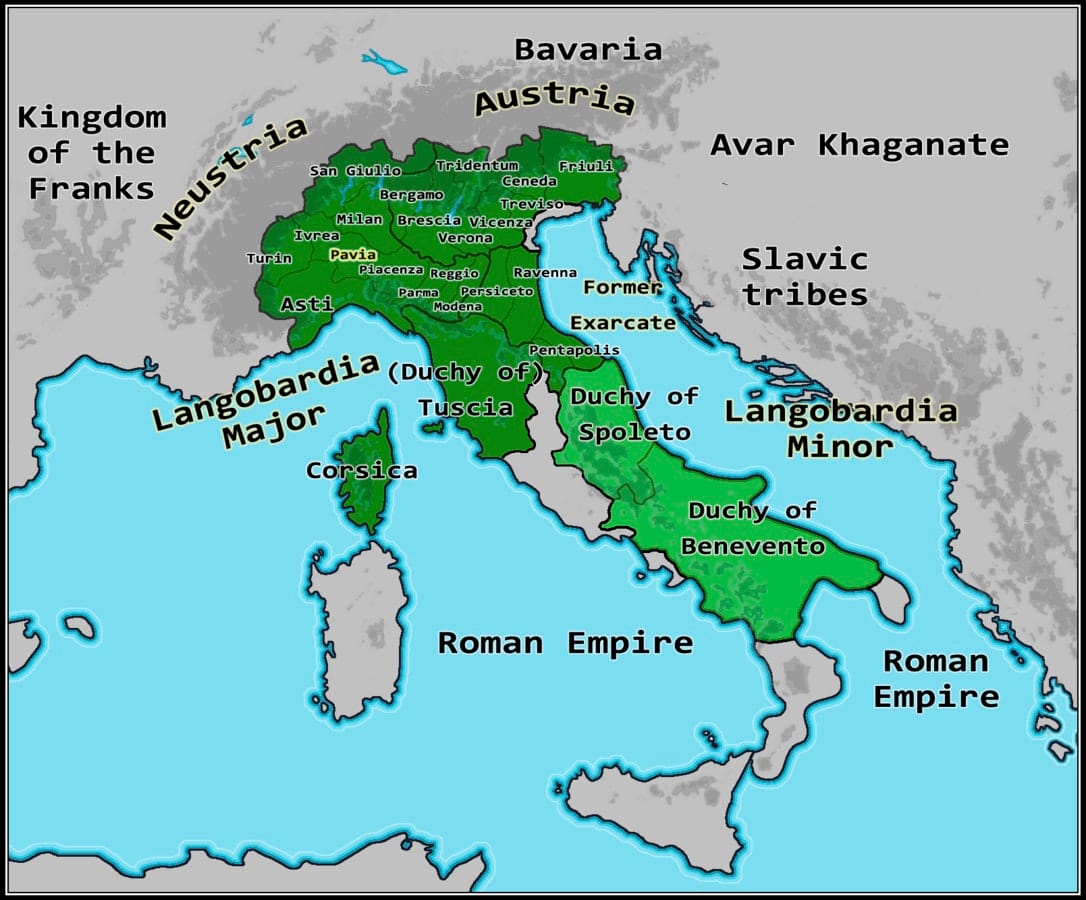
(The Kingdom of the Lombards at its greatest extent, ca. 751 A.D. The dark green is Langobardia Major and the lighter green in the south is the Langobardia Minor. Map from Wikimedia Commons)
Their name Longobard was soon after corrupted to Lombard, and their land known as the plains of Lombardy. For ten years they were ruled by dukes, under whom they were restless and sometimes lawless. Growing tired of that state of things they chose a king, to whom they agreed to give half their substance to support the kingdom.
Sixty-six years after that their laws which, up to this time, were known as "the national laws" were committed to writing. "They are the laws of our fathers as we have learnt them from ancient men, and are published with the counsel and consent of our princes, judges, and all our most prosperous army (the barons or freemen, capable of bearing arms), and are confirmed according to the custom of our nation and confirmed by law which ruled every bargain in the presence of witnesses."
These laws were again revised and published by Grimaldus, king of Lombardy in A.D. 680; a son of whom Garibaldus, or "the bold stranger", was the ancestor of Garibaldi, the modern hero of a free and united Italy.
The Lombards became the architects, merchants, goldsmiths, agricultural chemists and bankers of all Europe. The sign over the banks, three golden balls, to indicate where money might be borrowed, is the sign of Levi, now degenerated into the sign of the pawnbroker.
The Lombards were great leaders among their own Saxon race, and of such as were thankful to be led. Only by some such mental superiority can we understand that deep respect for rank and blood, combined with corresponding good qualities which distinguished some of these western peoples.
At first the Popes had looked upon the Lombards as only a fresh horde of barbarous conquerors. Their loyal life at home—where violence, oppression, plunder and treachery were unknown—was hidden by the fact that they were continually extending their frontier towards Rome.
Pope Gregory had converted the Lombards together with a large number of Anglo-Saxons to Roman Catholicism; this success induced the Pope to send his emissaries, under Augustine to Britain, to seek a like success among those Anglo-Saxons who had already reached the final stage of their centuries-old movement across the Continent of Europe to these British Isles, their destined and long prophesied permanent home. END QUOTE
There will be one final installment in this engaging treatise by Isabel Hill Elder.
END

